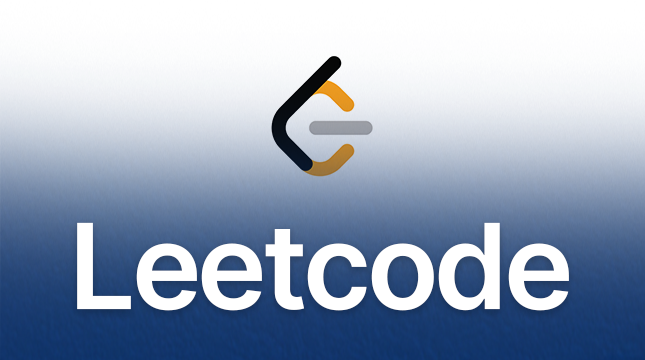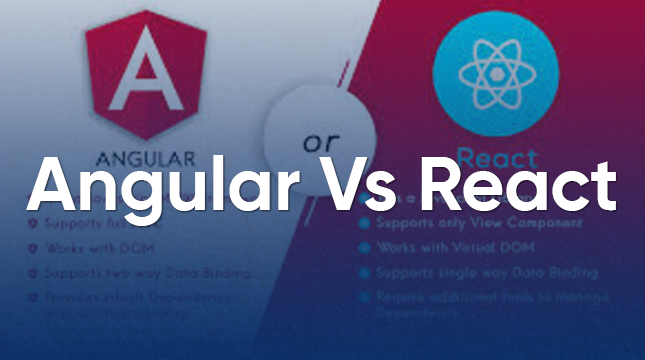This website uses cookies so that we can provide you with the best user experience possible. Cookie information is stored in your browser and performs functions such as recognising you when you return to our website and helping our team to understand which sections of the website you find most interesting and useful.
LeetCode vs. Real Coding: Bridging the Gap for Aspiring Engineers

When asked to construct a basic API endpoint at work, have you ever spent hours perfecting the most elegant solution to a LeetCode Hard problem only to freeze? You’re not by yourself. The gap between competitive programming (CP) and real-world coding (RWC) is a problem that many junior developers encounter.
You learn optimisation, data structures, and algorithms through competitive programming. The focus of real-world coding is on scalable, maintainable systems that provide business value. Although both are crucial, great engineers are distinguished by their ability to strike a balance.
Rarely are the abilities you acquire from solving LeetCode puzzles, such as speed, efficiency, and problem-solving under pressure, used directly in day-to-day tasks. Coding platforms don’t measure the teamwork, documentation, testing, and system-level thinking needed for professional projects.
Think of it this way: LeetCode builds your mental muscles, while real-world coding teaches your engineering instincts.
LeetCode: The Benefits and Blind Spots
The Case for LeetCode
LeetCode has earned a reputation as the ultimate interview preparation platform, but its benefits extend beyond job hunting.
1. Solid Computer Science Foundation
Arrays, hash maps, linked lists, trees, and graphs are among the fundamental data structures and algorithms that LeetCode supports. Since bad data structure decisions are frequently the cause of slow or inefficient code, it is imperative to comprehend these foundations.
2. Problem-Solving Muscle
You can train your mind to deconstruct big problems into smaller ones by working through complex problems. In actual projects, this ability is directly applied to system design and debugging tasks.
3. The Interview Gate
Algorithmic issues are frequently used by top tech companies to screen applicants. In order to pass the first screening, LeetCode helps you practise under time constraints, get ready for edge cases, and discover the best solutions.
The Case Against LeetCode
While it strengthens problem-solving, LeetCode has limitations when compared to real-world software engineering:
| Feature | LeetCode Reality | Real-World Reality |
|---|---|---|
| Problem Input | Perfectly defined, static constraints | Ambiguous, changing business requirements |
| Code Goal | Optimize time/space; clever solutions | Readable, maintainable, and scalable code |
| Collaboration | Solo work | Team-based with code reviews and Git workflows |
| Testing | Built-in test cases | Unit tests, integration tests, production logs |
You solve puzzles for the computer in competitive programming. Professional coding involves solving issues for both people and companies. This basic distinction explains why LeetCode practice frequently overlooks abilities like code reviews, version control, and system design.
Real-World Coding: Skills That Pay the Bills
When you enter the professional world, the focus shifts from algorithmic cleverness to engineering durability and impact. Let’s break down the critical skills:
1. Software Architecture & System Design
Professional developers don’t just write individual functions; they design entire systems. This involves:
- Choosing the right databases: MongoDB, PostgreSQL, or Redis
- Designing microservices with clear boundaries
- Handling network latency and data consistency
- Scaling systems to support millions of concurrent users
Good system design ensures your software is resilient, maintainable, and extensible.
2. Code Readability and Maintenance
In real-world coding:
- You spend more time reading and modifying existing code than writing new code
- Variable names should be descriptive (userLoginTime instead of x)
- Classes and functions should have clear responsibilities
- Internal documentation and comments are crucial for team understanding
Readable code is less likely to produce bugs and easier to maintain as your system evolves.
3. Tooling and Infrastructure
Real-world development demands proficiency with tools:
- Version Control (Git): Branching, merging, and conflict resolution
- CI/CD Pipelines: Automate builds, tests, and deployments
- Cloud Platforms (AWS, GCP, Azure): Deployment, monitoring, and scaling
These skills turn a simple script into production-ready software.
4. Domain Knowledge & Abstraction
Understanding the business domain allows you to transform messy requirements into clean technical solutions. Examples include:
- Financial apps need accurate transaction reconciliation
- E-commerce platforms handling inventory and user personalization
- Healthcare systems managing HIPAA-compliant patient data
Abstraction layers help manage complexity, reduce errors, and improve maintainability.
5. Debugging in Production
Unlike LeetCode, bugs in production are unpredictable. Engineers must:
- Track down errors across multiple servers
- Analyze logs in real time
- Investigate performance bottlenecks under real load
These challenges teach problem-solving in a complex, dynamic environment, skills no coding puzzle can replicate.
Bridging the Gap: A Balanced Strategy
The key is not choosing LeetCode or real-world coding, but integrating both.
1. Use LeetCode to Build the Engine
LeetCode develops your algorithmic thinking:
- Practice solving medium and hard problems
- Optimize for time and space complexity
- Learn to handle edge cases and constraints
2. Use Projects to Build the Vehicle
Projects simulate real-world environments:
- Create end-to-end applications
- Handle databases, state management, and APIs
- Implement testing, logging, and deployment pipelines
This builds your engineering instincts, which LeetCode alone cannot teach.
Actionable Strategies
A. Refactor and Integrate
After solving a LeetCode problem:
- Wrap the solution in a class or module
- Rename variables for clarity
- Add unit tests for edge cases
- Document internal logic and usage
This transforms an isolated algorithm into production-ready code.
B. Master Git Early
- Commit, branch, and merge even small projects
- Practice collaborative workflows before joining a team
- Learn conflict resolution and version tracking
This builds muscle memory for team-based development.
C. Focus on System Design Early
- Start learning high-level architecture concepts
- Understand trade-offs between monoliths and microservices
- Learn about caching, messaging queues, and database sharding
System design bridges the gap between small-scale coding and large-scale engineering.
D. Build Full-Stack Projects
- Work on projects that include frontend, backend, and database layers
- Implement authentication, deployment, and monitoring
- Practice problem-solving in messy, real-world scenarios
Full-stack experience is the closest simulation of professional software engineering.
Comparing LeetCode vs. Real Coding
| Aspect | LeetCode | Real-World Coding |
|---|---|---|
| Goal | Solve algorithmic puzzles | Solve business problems |
| Focus | Optimization | Maintainability, scalability |
| Environment | Solo | Team collaboration |
| Testing | Built-in | Unit, integration, production |
| Tools | Minimal | Git, CI/CD, cloud platforms |
| Impact | Personal skill assessment | Business and user value |
Both are complementary, not mutually exclusive. LeetCode strengthens your cognitive ability, while RWC strengthens your engineering judgment.
Also Read
Django vs Flask: Which Python Framework Should You Choose?
Complete Guide to Joi Database: Features, Security, and FAQs
How to Create Tables in MySQL: Step-by-Step Tutorial
Fix JSONDecodeError: Expecting Value at Line 1 Column 1 (char 0)
Conclusion: Assessment vs. Value Creation
LeetCode is the first step; it creates opportunities. Real-world coding creates value and influences impact and career advancement.
Leading developers view LeetCode as a mental workout and spend the majority of their time creating, managing, and working together on systems that address actual issues for actual users.
Challenge: Tell us about a side project that helped you learn more about professional coding than any algorithm could. Other engineers may be motivated by your experience to successfully close the gap.

Let's Start Your Project
Get free consultation for your digital product idea to turn it into reality!
Get Started






